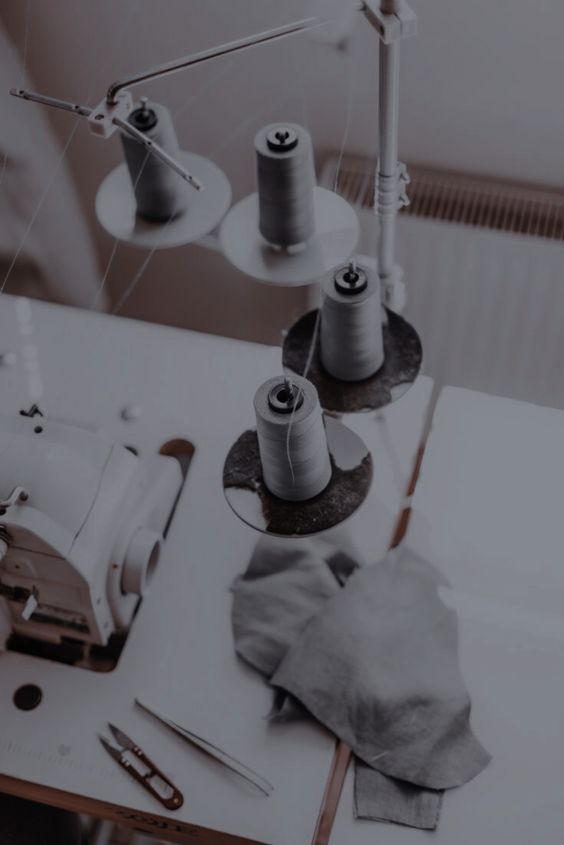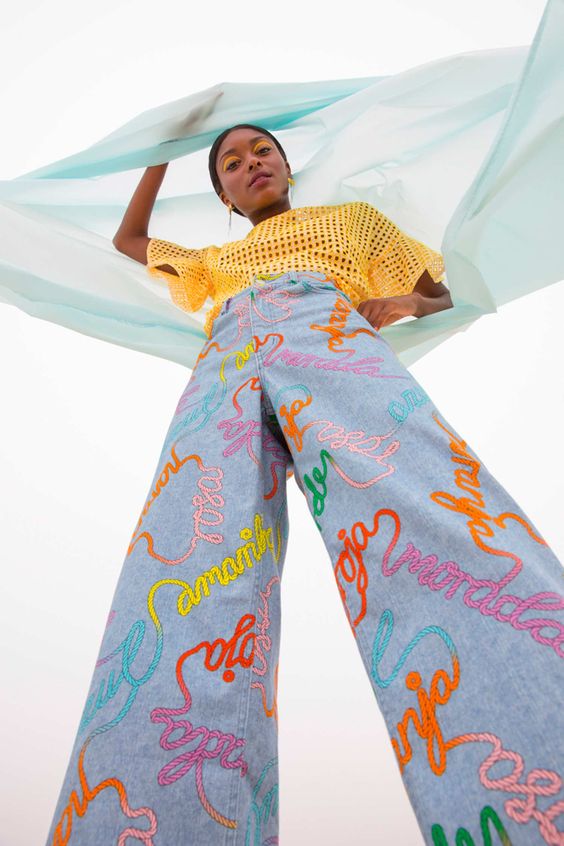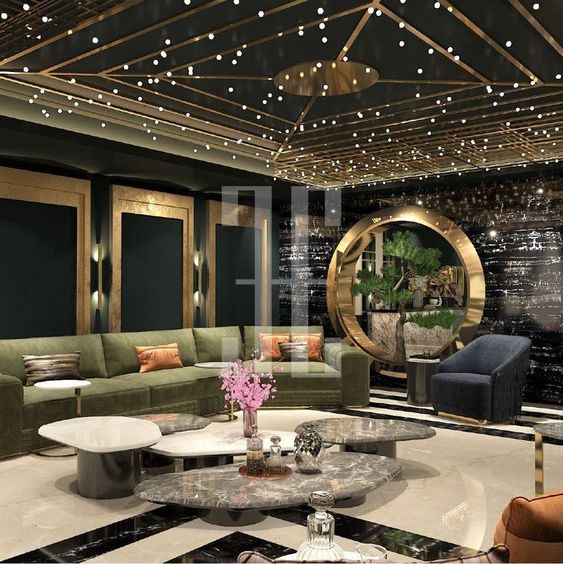The Luxury of Vintage

In a world enamored with fleeting fashion trends, the allure of vintage pieces stands as a testament to timeless elegance and enduring style. The notion of luxury takes on a distinct charm when intertwined with the rich tapestry of bygone eras, where each piece tells a story of craftsmanship, heritage, and sartorial finesse. Embracing the vintage aesthetic is not merely a choice but a journey into the past, where fashion transcends the ephemeral nature of contemporary trends.
Luxury, in the context of vintage, is manifested through the rarity and exclusivity of each carefully curated piece. These garments, often hailing from iconic designers and historic fashion houses, are imbued with a sense of opulence that goes beyond the superficial. The act of adorning oneself with vintage attire becomes a deliberate statement, a celebration of the artistry that time has preserved.
Engaging with vintage fashion is an active exploration, a conscious choice to step away from the fast-paced world of instant gratification. It involves traversing through curated collections, discovering the craftsmanship that defined an era, and embracing the uniqueness that comes with owning a piece of history. The luxury of vintage is not just about the physical garments; it’s about the emotions they evoke, the stories they carry, and the indelible mark they leave on the ever-evolving canvas of personal style. As we delve into the world of vintage fashion, we embark on a luxurious journey where the past seamlessly intertwines with the present, creating a sartorial narrative that is both timeless and exquisite.
Unveiling the enduring charm of vintage pieces that transcend trends

In a world where fashion is often synonymous with the transient and the ephemeral, vintage pieces emerge as timeless relics, preserving an enduring charm that effortlessly transcends passing trends. The allure lies not merely in their aesthetic appeal but in their ability to narrate stories of bygone eras, encapsulating a unique blend of craftsmanship, history, and unparalleled style.
The act of unveiling these vintage treasures is an active celebration of fashion’s timeless allure. Each piece, carefully sourced and selected, becomes a testament to the enduring craftsmanship that has weathered the test of time. These garments are more than just items of clothing; they are living artifacts, embodying the spirit of the eras they hail from and standing as eloquent reminders of the evolution of style.
In the transitive process of unveiling vintage pieces, one is not merely engaged in a display of garments but in a revelation of cultural heritage and sartorial wisdom. The active exploration of these pieces brings forth a profound appreciation for the meticulous detailing, quality materials, and the inherent elegance that define vintage fashion. This unveiling is an invitation to transcend the temporal constraints of contemporary trends and immerse oneself in a realm where the charm of fashion knows no expiration date.
Vintage pieces become conduits of time, carrying with them the sophistication and grace of yesteryears into the present. As they are unveiled, they inspire a renewed appreciation for the enduring charm that lies in the heart of fashion’s rich history, beckoning individuals to embrace a style that defies the limitations of passing fads.
Understanding the delicate process of selecting and curating a vintage collection.
Curating a vintage collection is a nuanced art, requiring a discerning eye, historical knowledge, and a passion for preserving fashion legacies. The process involves more than mere selection; it is a delicate dance between aesthetics, authenticity, and an acute understanding of the ever-evolving tapestry of fashion history.
In this intricate endeavor, the curator becomes a storyteller, weaving narratives through carefully chosen pieces that reflect the spirit of different eras. Each selection is a deliberate act, guided by an appreciation for craftsmanship, attention to detail, and an astute awareness of the cultural and stylistic nuances that define a particular period.
The active engagement in this process goes beyond the superficial allure of aesthetics. It involves a transitive journey into the past, where garments become time capsules, preserving the essence of the moments they were created. The curator must navigate through various sources, from vintage stores to auctions, meticulously handpicking items that not only meet the criteria of being ‘vintage’ but also resonate with the overarching theme and narrative envisioned for the collection.
In the transitive act of curating, the collector becomes a custodian of fashion history, responsible for preserving the integrity and authenticity of each piece. This delicate process demands a commitment to the art of selection, ensuring that every garment contributes to the broader narrative of the collection. The result is a curated ensemble that transcends individual pieces, telling a cohesive story of the past and celebrating the enduring beauty of vintage fashion.
Exploring the fashion evolution and unique styles across different eras
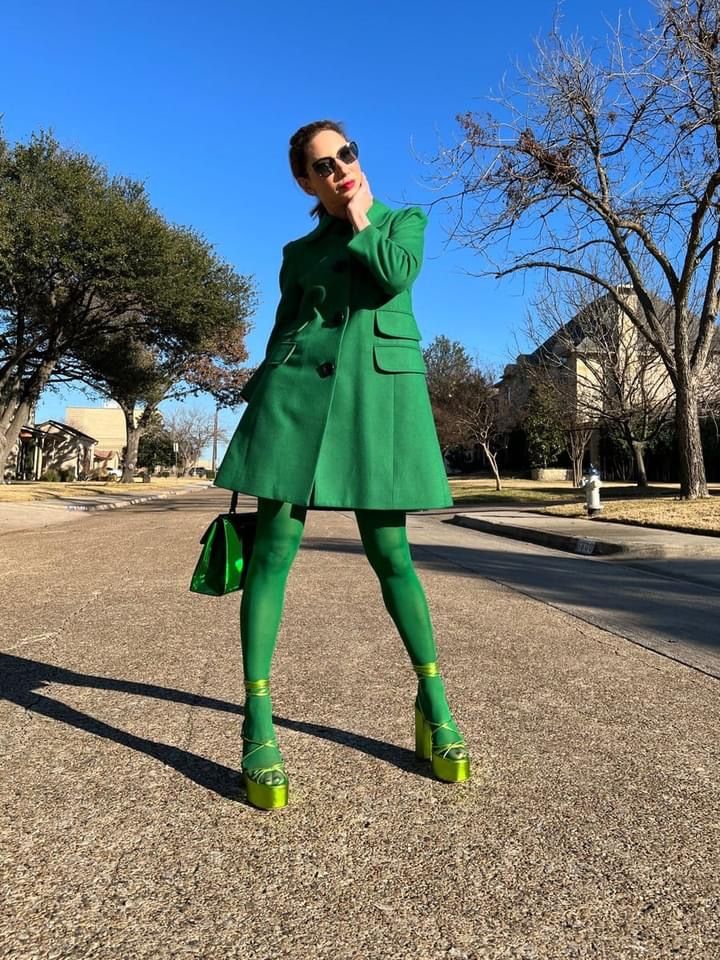
The tapestry of fashion is woven with threads of continuous evolution, and the exploration of diverse styles across different eras is an active journey through the ever-changing landscape of sartorial expression. From the structured silhouettes of the Victorian era to the bold and experimental aesthetics of the contemporary period, each epoch boasts a distinctive style that reflects the cultural, social, and artistic influences of its time.
In this exploration, the observer becomes an active participant in a transitive journey through history, witnessing the metamorphosis of fashion as it responds to shifting paradigms and societal changes. The Victorian era, characterized by its elaborate garments and corseted silhouettes, gives way to the liberated flapper dresses of the Roaring Twenties, marking a rebellion against conventionality.
The mid-20th century witnesses the rise of iconic styles like the New Look by Christian Dior, a celebration of femininity with full skirts and nipped-in waists. The subsequent decades introduce the mod and bohemian aesthetics of the ’60s and ’70s, followed by the minimalism of the ’90s and the eclectic mix of styles in the 21st century.
Each era offers a transitive glimpse into the prevailing attitudes and values, leaving an indelible mark on the fashion landscape. Exploring these diverse styles is an active engagement with the past, present, and future of fashion—an opportunity to celebrate the artistry and individuality that define each era while fostering an appreciation for the perpetual evolution that keeps the fashion world vibrant and dynamic.
Examining the Contributions of Renowned Designers to the Vintage Fashion Landscape
In the rich tapestry of vintage fashion, the contributions of renowned designers stand as active beacons, shaping and defining the aesthetic landscape of their respective eras. These visionaries, through their transitive creativity, have left an indelible mark on the world of style, contributing to the allure and timelessness of vintage fashion.
The exploration begins with the trailblazing work of iconic designers such as Coco Chanel, whose revolutionary designs in the early 20th century transformed women’s fashion, liberating them from restrictive corsets and introducing chic simplicity. The vintage landscape is further enriched by the opulent creations of Christian Dior, whose post-war New Look in the 1950s redefined femininity with full skirts and cinched waists.
Moving into the rebellious spirit of the ’60s and ’70s, designers like Mary Quant and Yves Saint Laurent brought forth transitive shifts with miniskirts and androgynous styles. The ’80s witnessed the extravagant excess of designers like Vivienne Westwood, while the ’90s embraced the minimalist ethos of Calvin Klein and Helmut Lang.
These renowned designers actively navigated the currents of their times, leaving an enduring legacy that resonates in vintage collections today. Their influence goes beyond individual garments; it encompasses a transitive impact on the very essence of fashion, shaping trends and pushing boundaries. By examining their contributions, we engage in a journey through the evolution of style, appreciating the enduring relevance of their creations in the vast and diverse landscape of vintage fashion.
Recognizing the Value and Allure of Vintage Items as Investment-Worthy Fashion Assets
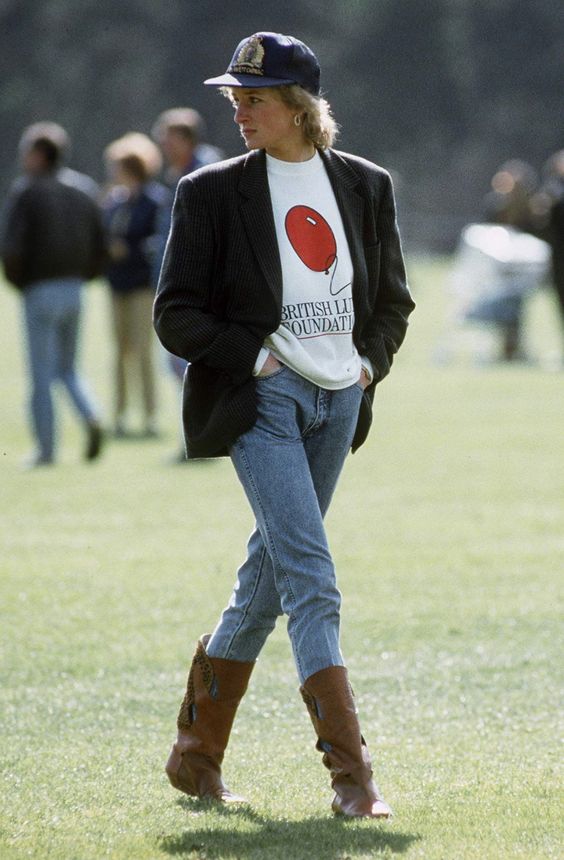
In the dynamic world of fashion, where trends often transpire at a rapid pace, the allure of vintage items stands as an enduring testament to their timeless value and investment-worthy status. As active participants in the fashion landscape, individuals are increasingly recognizing the transitive nature of vintage pieces—more than just garments, they are tangible assets with intrinsic value.
The active pursuit of vintage fashion as an investment involves a nuanced understanding of craftsmanship, rarity, and historical significance. Each piece carries with it a transitive narrative, representing a specific moment in time and the artistry of its creator. The investment in vintage items is an active acknowledgment of their enduring appeal, as they possess the ability to transcend fleeting trends and become coveted classics.
Furthermore, the allure of vintage fashion lies in its sustainability, offering an active and eco-friendly alternative to the fast-fashion cycle. Investing in vintage pieces promotes a transitive shift towards conscious consumerism, where the value of an item extends beyond its materiality to encompass its historical resonance and the story it tells.
As more individuals actively engage in the vintage market, seeking out unique and transitive pieces, they contribute to a broader recognition of the lasting value embedded in these fashion assets. Vintage items, with their ability to stand the test of time, represent an active investment in style, culture, and the preservation of fashion history.
Navigating the world of vintage shopping with practical advice and insights.
Embarking on the journey of vintage shopping is an active and exciting endeavor, offering a transitive exploration into the rich history and unique treasures of fashion eras gone by. To make the most of this adventure, practical advice and insights become essential, guiding enthusiasts through the vibrant world of vintage fashion.
Active engagement in vintage shopping begins with a keen eye for quality and authenticity. Transitive knowledge about fabrics, stitching techniques, and iconic brand markings empowers shoppers to discern genuine vintage pieces from reproductions. This acumen is particularly crucial when exploring thrift stores, flea markets, and online platforms where the transitive mix of authentic vintage and contemporary replicas can be vast.
Understanding the transitive nature of sizing in different eras is another valuable insight for navigating vintage fashion. Sizes have evolved over time, and what may have been a standard size in the past might differ from contemporary sizing conventions. Active shoppers are encouraged to pay attention to measurements and, when possible, try on items or inquire about sizing specifics.
Additionally, cultivating a transitive appreciation for diverse styles and eras allows vintage enthusiasts to curate a wardrobe that is both unique and representative of personal tastes. Whether drawn to the elegance of the 1950s, the free-spirited vibes of the ’70s, or the bold aesthetics of the ’80s, actively exploring and understanding various fashion eras enhances the vintage shopping experience.
In this active pursuit of timeless fashion, practical advice serves as a transitive compass, helping individuals navigate the eclectic world of vintage shopping with confidence and a discerning eye.
Discussing the importance of caring for and preserving vintage garments for future generations
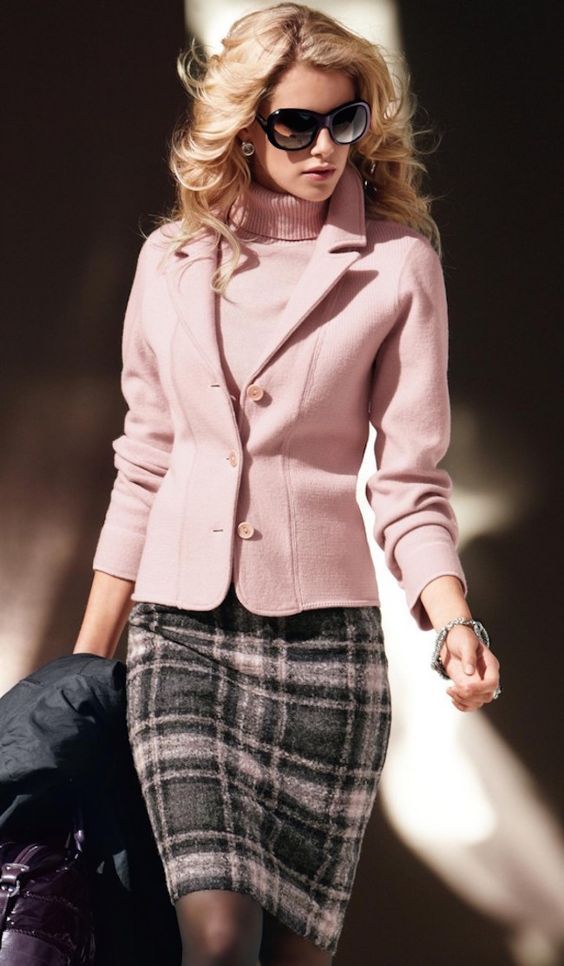
Caring for and preserving vintage garments is an active commitment to safeguarding not only the transitive beauty of these pieces but also the cultural and sartorial heritage they represent. As fashion enthusiasts delve into the world of vintage, an active understanding of the importance of proper care becomes paramount, ensuring these timeless treasures endure for future generations.
Actively caring for vintage garments involves adopting transitive practices that mitigate the wear and tear of time. Storage in a controlled environment, away from direct sunlight and excessive humidity, is an active step to prevent fading and deterioration. Additionally, the use of archival-quality garment bags and proper hangers helps maintain the structural integrity of these transitive fashion relics.
Regular inspections and transitive maintenance routines are equally vital in the preservation process. Active attention to any signs of damage, such as loose threads or small tears, allows for prompt repairs, preventing further deterioration. Gentle cleaning practices, preferably by professionals versed in vintage textiles, are active measures to ensure proper care without compromising delicate fabrics.
Preserving vintage garments is an active investment in cultural continuity. Each piece holds a transitive connection to the past, serving as a tangible link between generations. By actively caring for these garments, fashion enthusiasts contribute to the transitive narrative of fashion history, allowing future generations to appreciate and engage with the sartorial legacy of bygone eras.
Showcasing how vintage pieces can be seamlessly integrated into contemporary fashion for a unique and personal style
In the realm of fashion, the active fusion of vintage pieces into contemporary wardrobes is a transitive art form, allowing individuals to express their unique style narratives. By actively incorporating vintage elements into modern fashion, enthusiasts create a dynamic and personalized aesthetic that transcends temporal boundaries.
The active integration of vintage pieces begins with a discerning eye for styles that resonate with individual tastes. Transitive exploration through different eras, from the glamour of the 1920s to the boldness of the 1980s, allows fashion enthusiasts to curate a collection of pieces that seamlessly complements their contemporary wardrobe. Active styling decisions play a pivotal role in ensuring a harmonious blend of old and new, creating a transitive visual story that is both nostalgic and current.
Accessorizing with vintage jewelry, handbags, or shoes becomes an active means of infusing a touch of the past into everyday ensembles. These transitive details add character and depth to contemporary fashion, transforming outfits into unique expressions of personal style.
In the transitive process of seamlessly integrating vintage pieces, fashion enthusiasts actively contribute to a more sustainable and conscious approach to style. By repurposing and reimagining fashion from different eras, individuals create a narrative that transcends trends and fosters a deeper connection to the sartorial past. The result is a unique and personal style that actively celebrates the timelessness of fashion while remaining firmly rooted in the present.





